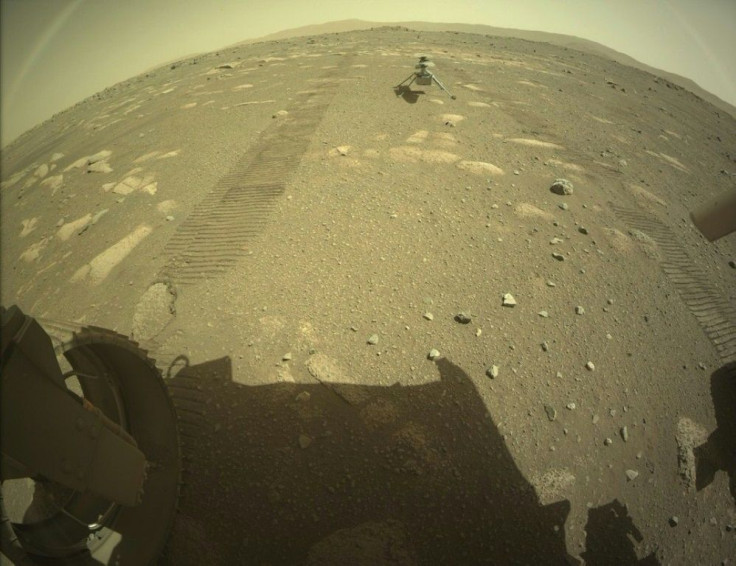NASA's Mars Rover Reveals How Cold It Is On Red Planet
KEY POINTS
- NASA's Mars rover shared the first weather report on the surface of the Red Planet
- The report indicated that the Martian weather was minus 4 degrees Fahrenheit (minus 20 degrees Celsius)
- The rover is able to study the weather there using a machine called MEDA that is equipped with sensors
Weather reports are seen as a vital part of everyday life on Earth as they allow people to know what to anticipate. Seeing as NASA is well on its way to eventually sending humans to Mars, the space agency also made it one of its goals to find out what the weather on the Red Planet is like. Thanks to the Mars Environmental Dynamics Analyzer (MEDA) system aboard Perseverance, scientists now know just how cold it could get on the surface of Mars.
Approximately one day after Perseverance touched down on the Red Planet on Feb. 18, the MEDA system powered on for 30 minutes on Feb. 19. Around 8:25 p.m. PST (11:25 p.m. EDT) that same day, NASA engineers received initial data from the analyzer, NASA shared in a statement.
“After a nail-biting entry descent and landing phase, our MEDA team anxiously awaited the first data that would confirm our instrument landed safely," said Jose Antonio Rodriguez Manfredi, MEDA's principal investigator with the Centro de Astrobiología (CAB) at the Instituto Nacional de Tecnica Aeroespacial in Madrid.
"Those were moments of great intensity and excitement. Finally, after years of work and planning, we received the first data report from MEDA. Our system was alive and sending its first meteorological data and images from the SkyCam," Manfredi added.
The very first weather report on the Red Planet from the Jezero Crater indicated that the temperature there was just below minus 4 degrees Fahrenheit (minus 20 degrees Celsius) on the surface when MEDA's system began recording and that the temperature dropped to minus 14 degrees Fahrenheit (minus 25.6 degrees Celsius) just within 30 minutes.
MEDA's pressure sensors were also able to detect that the pressure on Mars was 718 Pascal, which was within the 705-735 Pascal range predicted by the engineers' models for that time on Mars, the space agency said.
MEDA is a machine designed to measure the weather and monitor the dust on the surface of Mars using sensors, according to NASA. Weighing approximately 12 pounds (5.5 kilograms), MEDA's sensors are able to record dust levels on six atmospheric conditions, namely: wind (both speed and direction), pressure, relative humidity, air temperature, ground temperature, and radiation (from both the Sun and space).
Over the next year, MEDA aims to provide more information on the Red Planet's temperature cycles, heat fluxes, dust cycles, and how dust particles interact with light that plays a part in the planet's temperature and weather.

© Copyright IBTimes 2025. All rights reserved.





















